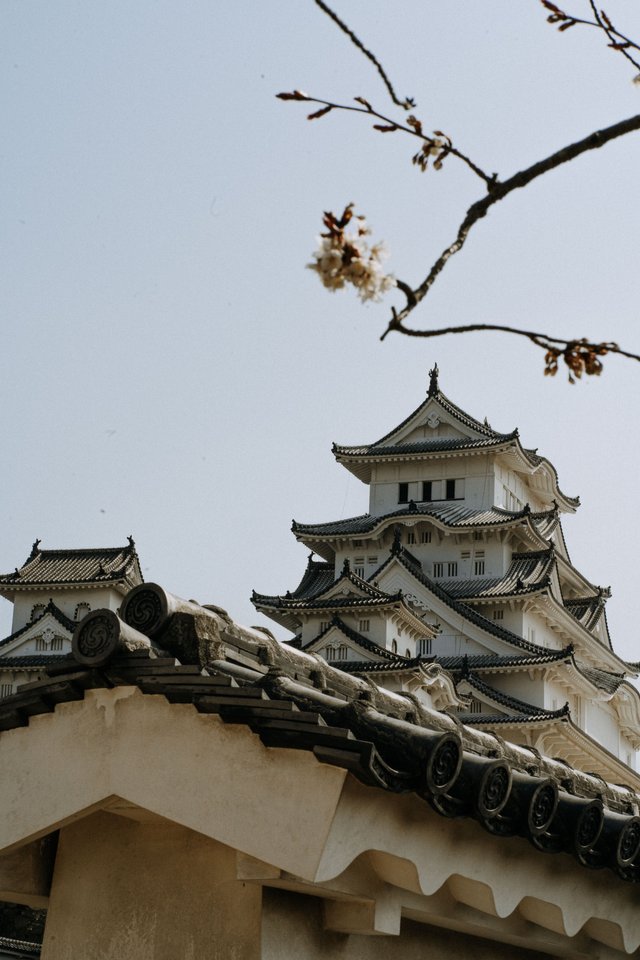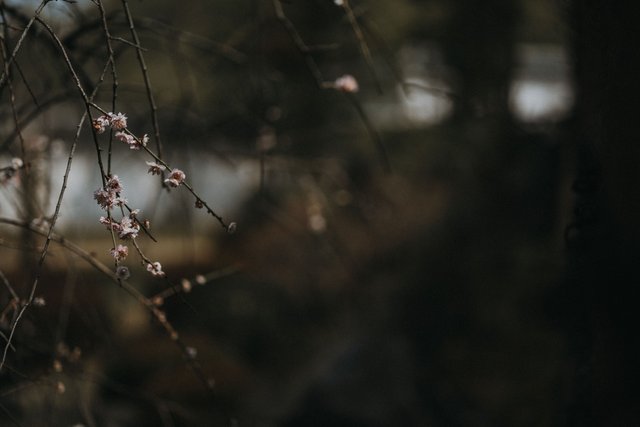Himeji – A solitary visit to Japan’s most famous castle
Read this post on TravelFeed.io for the best experience
.png)
In my days as a travel consultant, designing tailor-made individual trips to Japan, I
never failed to suggest a visit to the castle of Himeji for those travelers
wandering south near Kyoto and Osaka. An hour away from Osaka’s main train
station, Himeji always seemed the perfect day trip for families eager to delve
into the days of samurais and war-lords, fighting their way to power and
building massive fortresses to protect them from their numerous enemies. Nicknamed
Shirasagi-jô, the Castle of the White Heron, Himeji was also a must-visit for
all architecture-lovers. A National Treasure and one of the very few castles to
have remained intact throughout the centuries, untouched by mass bombings and natural disasters, the castle is both the largest and the most visited
in Japan. For those reasons, such a suggestion came with a bit of preparation.
A visit to Himeji could hardly be improvised and especially during cherry blossom season. No more than 15,000 visitors were allowed on-site during peak season and planning ahead
was decisive in making this day trip work, I told my clients, before giving
them a few tips. It was best to arrive early in the morning as well as to avoid
the weekend. Checking the annual congestion forecast available on the castle’s
official website was a good call too. Riding the train with excited kids only
to be left stranded in front of the entrance was not an option.

When Hedi and I arrived in Himeji on a chilly day in the midst of March, 2020, it goes without saying that all these wise words seemed empty. Sure, we had arrived early. We had checked the website to gauge the crowds. We had done everything by the book, despite knowing how
pointless it would be. This was no ordinary time. There would be no ordinary
crowd. Save for a bus, empty taxis and a few passers-by in work outfits, the
long avenue leading to the castle was devoid of the hustle and bustle of
tourists we expected at such a popular site. As we grew closer, the desolation
felt even more acute in the idleness of the rickshaw drivers waiting in line
next to a closed restaurant.


Himeji’s main keep was facing us, shrouded in silence as if barely awoken from slumber.
Perched atop a hill, it stood as majestic as it had been for 700 years and it
was probably as white as it had ever been, thanks to an extensive renovation
that had ended in 2015. Although we couldn’t really picture the bird taking its
flight when looking at it, as Himeji’s structure had often been described, we
couldn’t deny the building’s tantalizing appeal.

Massive and imposing, covering
an area of 233 hectares, the castle was a lot to take in and we sat down in a
courtyard of Japanese pine trees and naked cherry trees to embrace it before
entering. We could sit and sip our bottle of hot brown tea straight out of a
vending machine all the time we wanted, there was no need to rush to the ticket office to make sure we'd be among the daily 15,000 lucky few. If anything, the
only reason to rush to the counter would have been to give some work to the
visibly bored ticket ladies, waiting for some visitors to show up out of the
blue.

Bypassing a waiting line that looked like the relic of an ancient world, we finally got to
the counter where we were asked a mere 500 yen instead of the regular 1500 yen.
That pleasant surprise soon faded as it came attached with a disheartening
condition. The main keep was closed for the time being due to the coronavirus
crisis. Known for its carefully crafted wooden interior and a number of unique
facilities other castles didn’t boast, Himeji’s main keep was said to be its
highlight and we were denied its access. Yet, all it took was casting a circular look around us to see how lucky we were to be able to have the castle
to ourselves, even if all we could do was walking around the premises without
ever entering any building.

With or without visiting its interior, the main keep remained a powerful draw as well
as a convenient landmark helping us not to get lost in the maze of stone walls and
wooden gates that ran through the area. Despite its elaborate beauty, Himeji
was after all a defensive stronghold, built to protect its owners as well as to
disorientate any potential aggressor. It was all steep pathways meant to
control access to the keep, loopholes on thick walls designed for archers to
slip their bows through and moats as natural obstacles preventing any
overtaking the complex.

Originally built in 1333 by the ruler of the province, Himeji had been a playground for
feudal lords and their love of warfare and castle building for centuries. Major
names of Japanese history, such as the Great Unifiers Tokugawa Ieyasu and
Toyotomi Hideyoshi, had had their hand in shaping and expanding the castle.
Yet, despite its long-standing history, Himeji had barely made it through the
19th century Meiji Reformation. Set to be destroyed by the
government, it had been saved by army colonel Nakamura Shigeto, only to be
later bombed at the end of the Second World War. It was a miracle Himeji was
still standing and it was nothing short of a miracle too to visit it with a
handful of local tourists instead of the herds of visitors from all around the
globe that had replaced the war lords of yore.

It was a mixed bag of feelings to be there though, something of a solitary and fading
grace that we could only enjoy at the time as well as an uneasy sentiment in
the face of a trying situation we had no idea how to comprehend. It was both
the bliss of gazing at the fragile bloom of cherry blossoms and the sweat
running down our spine when some sort of ominous alarm shattered the silence and we thought for a second we'd be urgently rushed outside the castle. As it turned out, the alarm was only to remind us to wash our hands and wear a mask to stop the disease from
spreading.
As told, we washed our hands carefully when we left the castle and once more before we entered the Kokoen Garden located nearby. Apart from the mask on our face we had grown accustomed to, there was no such dichotomy within the garden, no such sense of anxiety. What pervaded the atmosphere was only peacefulness and a kind of natural beauty so very Japanese, organic though entirely man-made. Every stone, every bush, every
pond, was carefully laid-out to create an oasis of refinement. Nothing was left
arbitrary. The garden seemed like a world within itself, a world of harmony
where every look led to more exquisite scenery.


We could not take our eyes off the orange and black scales on the back of koi fish, the
rare cherry blossoms burgeoning on the trees and the lush green of the moss
covering the ground like a soft blanket. Every scene could be its own painting,
only elevated by the backdrop of the White Heron Castle. The Kokoen Garden was
a dream come true for photographers, artists and poets, but then again we were
alone.



Three days later, we were back home, locked in our apartment as advised by our government, far removed from any castle or cherry blossoms. The pandemic had eventually cut short our journey, which was supposed to last for two more weeks. It wasn’t reasonable to stay anymore, even if what awaited was more empty iconic sites and more moments of grace that would linger for a long time in our memories. Tips and tricks to visit Himeji without the crowds would probably come in handy again in a few months or in a few years at worst. Until then, we would keep in mind that special time when we visited Japan’s most famous castle with only a handful of people around.
Congratulations @haydae! You received the biggest smile and some love from TravelFeed! Keep up the amazing blog. 😍 Your post was also chosen as top pick of the day and is now featured on the TravelFeed.io front page.
Thanks for using TravelFeed!
@smeralda (TravelFeed team)
PS: You can now search for your travels on-the-go with our Android App. Download it on Google Play